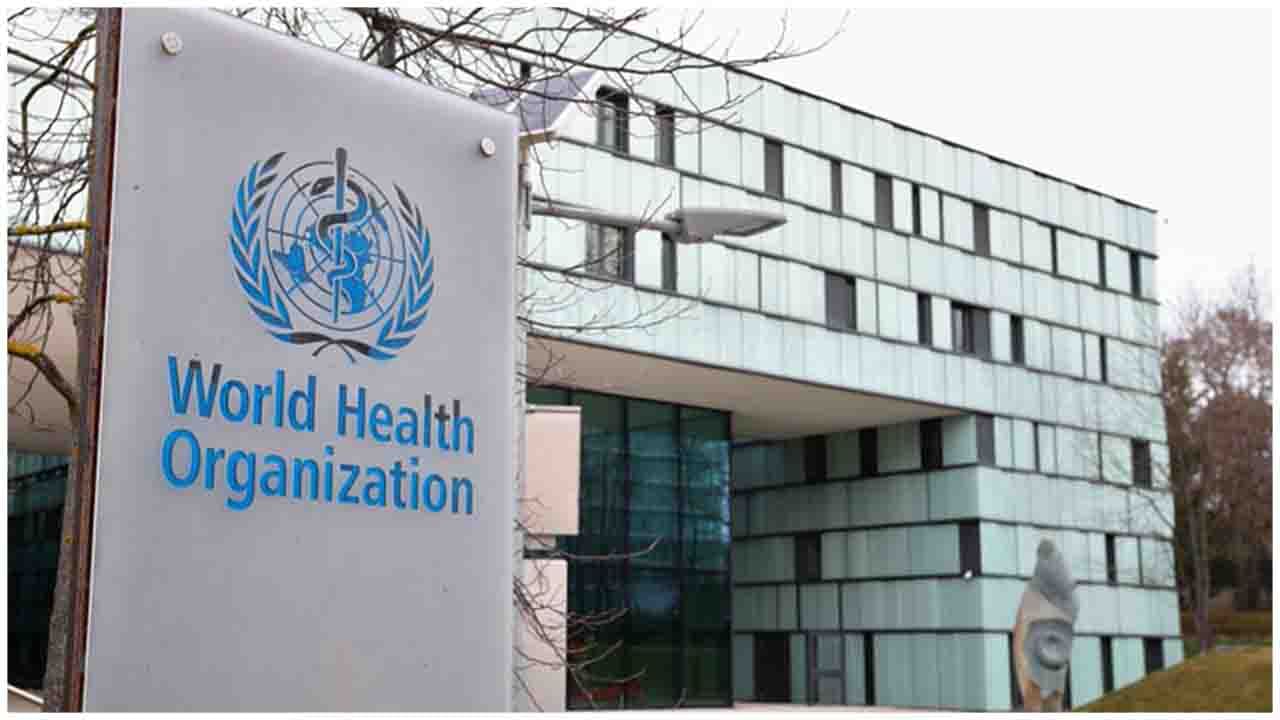On 27 May 2020, WHO published updated interim guidance on the clinical management of COVID-19,1,2 and provided updated recommendations on the criteria for discharging patients from isolation. T
The updated criteria reflect recent findings that patients whose symptoms have resolved may still test positive for the COVID-19 virus (SARS-CoV-2) by RT-PCR for many weeks. Despite this positive test result, these patients are not likely to be infectious and therefore are unlikely to be able to transmit the virus to another person.
This scientific brief provides the rationale for the changes made to the clinical management of COVID-19 guidance, based on recent scientific evidence. WHO will update these criteria as more information becomes available. For more information about clinical care of COVID-19 patients, see WHO’s full guidance.1
Previous recommendation
WHO’s first technical package of guidance for the clinical management of the novel coronavirus, now known as COVID-19, was published in early January 2020, shortly after a cluster of atypical pneumonia cases was first reported in Wuhan, People’s Republic of China,3 and included recommendations on when a patient with COVID-19 is no longer considered infectious.
The initial recommendation to confirm clearance of the virus, and thus allow discharge from isolation, required a patient to be clinically recovered and to have two negative RT-PCR results on sequential samples taken at least 24 hours apart.4 This recommendation was based on our knowledge and experience with similar coronaviruses, including those that cause SARS and MERS.5
Updated recommendation
New recommendation (published on 27 May 2020 as part of more comprehensive clinical care guidance1)
Within the Clinical Management of COVID-19 interim guidance published on 27 May 2020,1 WHO updated the criteria for discharge from isolation as part of the clinical care pathway of a COVID-19 patient. These criteria apply to all COVID-19 cases regardless of isolation location or disease severity.
Criteria for discharging patients from isolation (i.e., discontinuing transmission-based precautions) without requiring retesting
For symptomatic patients: 10 days after symptom onset, plus at least 3 additional days without symptoms (including without fever [2] and without respiratory symptoms.For asymptomatic cases, 10 days after positive test for SARS-CoV-2
For example, if a patient had symptoms for two days, then the patient could be released from isolation after 10 days + 3 = 13 days from date of symptom onset; for a patient with symptoms for 14 days, the patient can be discharged (14 days + 3 days =) 17 days after date of symptom onset; for a patient with symptoms for 30 days, the patient can be discharged (30+3=) 33 days after symptom onset).
Countries may choose to continue to use testing as part of the release criteria. If so, the initial recommendation of two negative PCR tests at least 24 hours apart can be used.
What is the reason for the change?
In consultations with global expert networks and Member States, WHO has received feedback that applying the initial recommendation of two negative RT-PCR tests at least 24 hours apart, in light of limited laboratory supplies, equipment, and personnel in areas with intense transmission, has been extremely difficult, especially outside hospital settings.

 WHO clears doubts on release of isolated patients and other COVID relates issues
WHO clears doubts on release of isolated patients and other COVID relates issues










.jpeg)






.jpg)




.jpg)





.jpeg)
